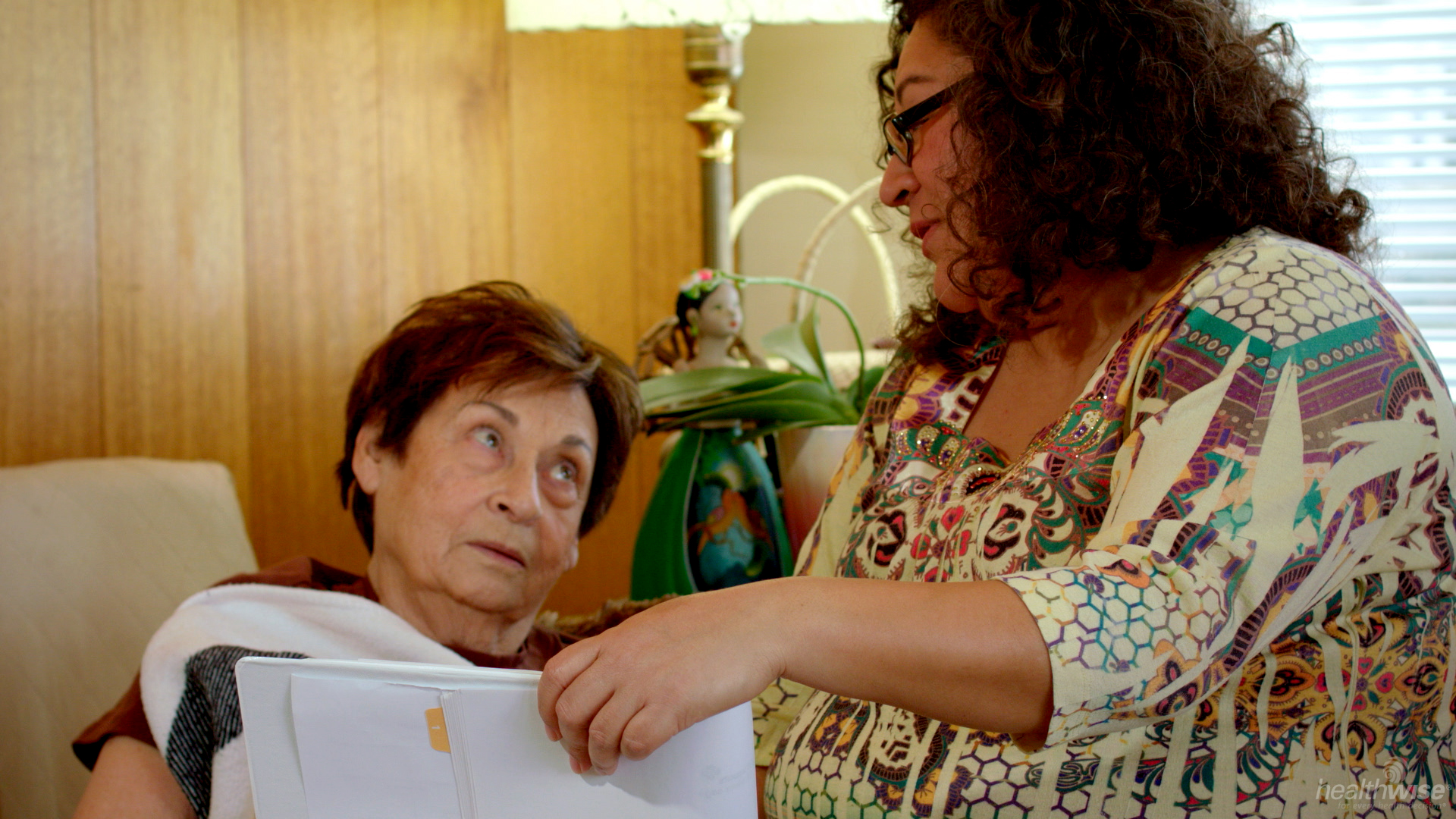Caregiving: Using Disposable Gloves
Topic Overview
Disposable gloves are gloves that you use one time and then throw away. They can protect your health and the health of the person you're caring for. They help keep germs and infection from spreading to you and to the other person.
Use gloves whenever you might touch your loved one's body fluids, such as saliva, blood, urine, or stool. Use a new pair of gloves when you touch areas near a cut (incision) made by a doctor. And some people use gloves when bathing a loved one. Gloves can also be used when you put medicines on the skin and when you give shots.
Gloves do not protect you from poking your skin with sharp objects. So if you are handling sharp objects, such as needles, be sure that the object doesn't poke a hole in the glove. Handle these types of objects carefully.
Gloves can help prevent infection from body fluids. But if there are times when you choose not to use gloves or don't have any, keep your hands as clean as possible. After coming into contact with body fluids, wash your hands as soon as you can. And keep hand sanitizer available.
Types of disposable gloves
Disposable gloves may also be sterile. Your care team can tell you if you need to use sterile gloves, and they will give you special instructions about where to get them and how to use them. Most people do not need sterile gloves. Sterile gloves will be individually wrapped. Non-sterile disposable gloves are usually pulled out of a box or container.
Disposable gloves may be made from latex (rubber) or vinyl. If you or the person you're caring for is allergic to latex, be sure to use vinyl or non-latex gloves.
Putting on disposable gloves
Be sure the gloves are the right size. They should fit close but should not be too tight. If the gloves are too big, they can slip or make it harder to grip things. If they're too small, they won't feel comfortable and they can tear.
- Wash and dry your hands well.
- Hold the glove in one hand, and put your other hand into the glove.
- Repeat with your other hand.
Taking off disposable gloves
The outside of the glove may be soiled. Be sure to take off the glove so that the soiled material stays inside the glove.
Related Information
Credits
ByHealthwise Staff
Primary Medical Reviewer Kathleen Romito, MD - Family Medicine
Specialist Medical Reviewer Gayle E. Stauffer, RN - Registered Nurse
Current as ofOctober 6, 2017
- Top of Page
Next Section:
Related Information
Previous Section:
Topic Overview- Top of Page
Next Section:
Credits
Previous Section:
Related Information- Top of Page
Current as of: October 6, 2017
Author: Healthwise Staff
Medical Review: Kathleen Romito, MD - Family Medicine & Gayle E. Stauffer, RN - Registered Nurse




